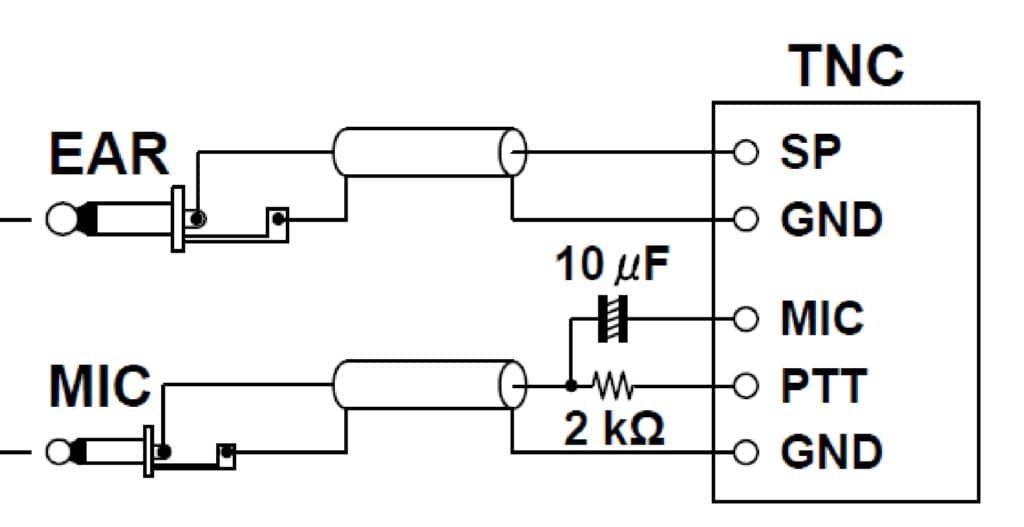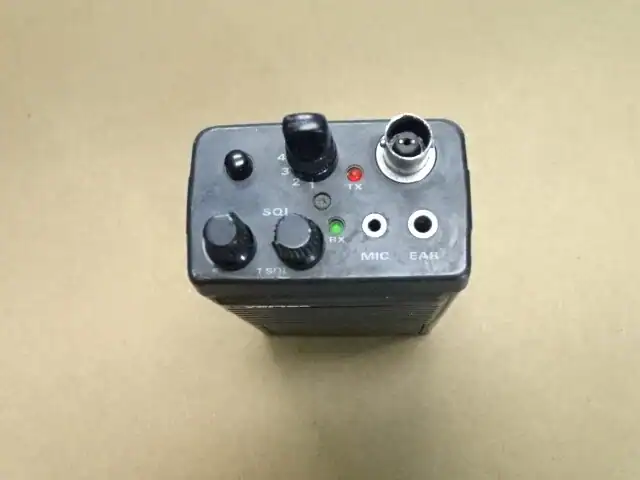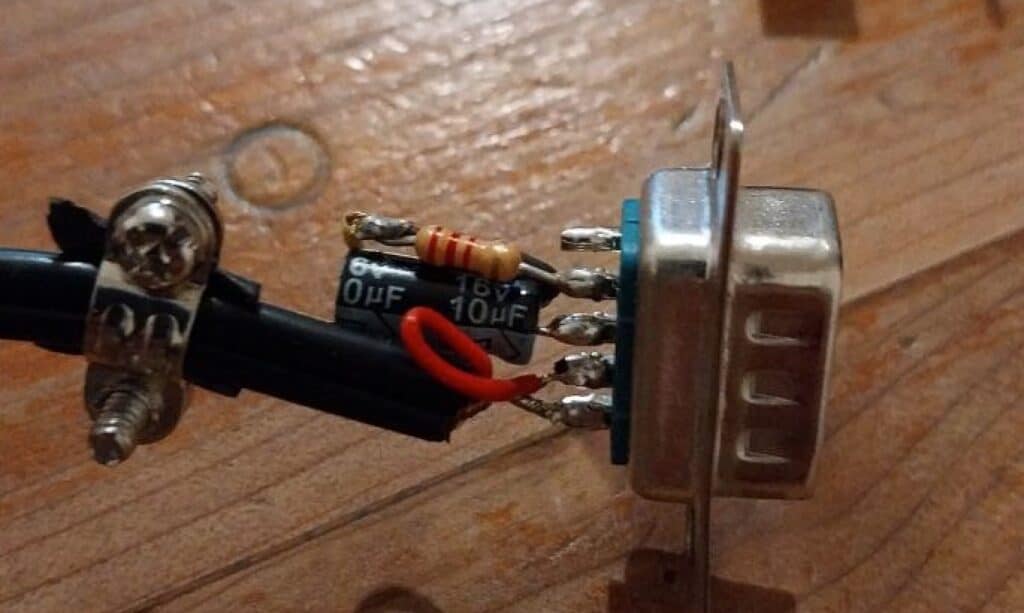If you have been reading this blog you know I’m an APRS big fan, and that I like to do APRS with commercial radios.
In this case I got my hands on a Yaesu FTH-2009 in excellent conditions and I decided to give it a chance with the amateur radio mode .
The Yaesu FTH-2009 is a radio I love for APRS for several reasons. It’s a tough old radio; you can drop it on the ground several times and it’ll still work.
Nowadays, you can get them for very little money on eBay or other sites, so they’re widely available, and with very little money, you can build an interface to connect it to a TNC.
In Argentina, we use them a lot, leaving them on hills or mountains working as digipeaters or igates.
They’re reliable and very rarely stop working overnight. This is why we often decide to leave them high up at altitude so they provide good coverage with low power consumption.
Read this if you need to program a Yaesu FTH-2009 for APRS.
APRS with a Yaesu FTH-2009 – Connecting the radio to the TNC
Asking some friends about this old radio and they told me every Yaesu handheld radio uses the same kind of “interface” to connect to a TNC which is what you need to connect to to in order to do APRS.

The ear plug (audio out) is a 3.5mm mono plug and the mic (audio in) is a 2.5mm mono plug.

As you can see, it’s a fairly simple interface. In some cases, some hobbyists used an electrolytic capacitor instead of a ceramic one. With a little patience, we can fit everything into a DB9 connector, which would be ideal if your TNC has this type of terminal.

APRS with a Yaesu FTH-2009 – tips for doing aprs
Performing APRs with the Yaesu FTH-2009 presents the same complications as with most HTs.
If you’re going to use the HT as an iGate or digipeater, the first recommendation is to always leave the squelch open. This will allow stations that reach the noise level to be processed.
The challenge with this is that if the TNC you’re using has COR management, it will likely sense that the squelch is open all the time, so it will never send its beacon.
Before leaving the squelch open, check if the TNC uses COR. If it does, try disabling it so it can process APRS beacons.
The next challenge is adjusting the audio levels, especially the HT output to the TNC. This is because, in this case, turning the radio on is done with the same knob as adjusting the volume.
So, every time we turn on the radio, we must reset the audio level appropriately. My recommendation is to make a mark with liquid paper to know where to position the volume knob once we know the correct audio output level.
This way, if we have to turn the radio off and back on, we’ll easily know which position the knob should be in.
This radio doesn’t allow for flat audio output, so the audio output adjustment point is critical, and it usually takes a while to reach the correct audio level.
Generally, the TNC->Radio audio input is adjusted from the TNC, making it much simpler to do and generally fixed, so it doesn’t involve many complications.
Once the input and output audio levels are adjusted, there’s not much more to do than leave the radio running.
I hope this post has helped you with tips for using APRS with a Yaesu FTH-2009. If you have any questions, please leave a comment or write to the Yaesu user forum.
If you have any questions about how to program this radio, I recommend you read this Yaesu FTH2009 programming guide with DOSBOX.
Thanks for reading, and we’ll see you soon.

[…] Yaesu FTH2009 is a radio that we use a lot for APRS because, although they are old, they are very reliable once we have them […]